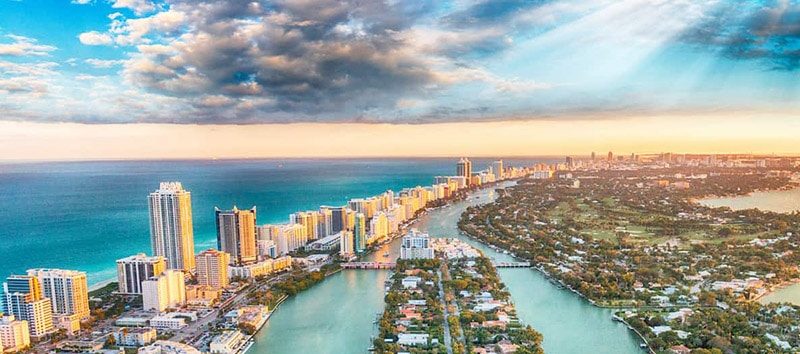

Earth Data, Simplified
Check Out Our Preprocessed Interactive Demonstrations
We continue our Eastern Seaboard Monitoring Project and are pleased to publish our results on the city of Miami. This is the third city we are monitoring using satellite radar and here are some of our initial findings:
- Several clusters of luxury condos are subsiding up to 12 mm per year
- A natural gas power generating station is subsiding at 7 mm per year
- An elevated section of the MacArthur Causeway is Subsiding at 4 mm per year
The ground deformation causing these problems are in part because of flooding, a regular occurrence on the Miami coastline. This is the result of rising sea levels and other climate change related events. With many buildings constructed on sinking wetlands, these events are creating an almost perfect scenario for ground displacement, a key cause of structural building damage.
Significant Subsidence At Several Luxury Condo Buildings
One of the most impactful discoveries we made in Miami was a 12 mm per year displacement across multiple coastal condo buildings. Many of these condos are new, with most listing values exceeding $1.5M. The Chateau Beach Residences listings range up to $25M. This means that a significant amount of real estate investment is at risk, and there is a high probability of future costly repairs. Specifically,
- The 2020 Surfside condo collapse occurred just 5 miles south of the site we have identified, and this area has shown signs of ground subsidence since the 1990’s
- Ground displacement can cause numerous structural issues to a building, particularly in the foundation. This can leave a building prone to leaks, or other damages
- Being situated alongside the ocean means these buildings are continually subjected to salt water, which is more abrasive to cement and can exacerbate other structural issues
- Ground displacement damage can negatively impact property values by up to 20%
- Another condo cluster in Surfside has been subsiding at 8 mm per year

25.934209, -80.121461
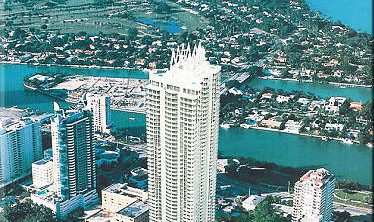
Assessment
- sinking at 12 mm per year (2015-2021)
Risk
- Increased maintenance costs
- Structural damage
- Decreased property values
Recommendations
- Investigate the underlying reasons for the displacement
- Check for and repair any damage
- Adjust insurance premiums
- Continue to monitor closely
7 mm Subsidence At A Florida Power & Lighting Power Generating Station
Located close to the ocean, the Florida Power and Lighting (FPL) authority operates a plant that converts natural gas to electricity for the surrounding Miami area. Built in 2013, this plant is seeing significant ground displacement across various areas, with one pocket of land subsiding by 7 mm. This is also close to other areas lifting by almost 3 mm per year. Specifically,
- Strain caused by changing ground conditions can put stress on large machinery and infrastructure. As this site contains pipelines and storage for pressurized natural gas, increased maintenance may be needed to mitigate any risks of leaks
- As the sole electricity provider for Miami, any disruptions to FPL’s service would be costly to the local economy (power outages cost the US economy $150 billion annually)
- Between 1980-1999 and 2000-2020, there has been a 175% increase in notable failures at hydro-electric facilities

26.085713, -80.127834
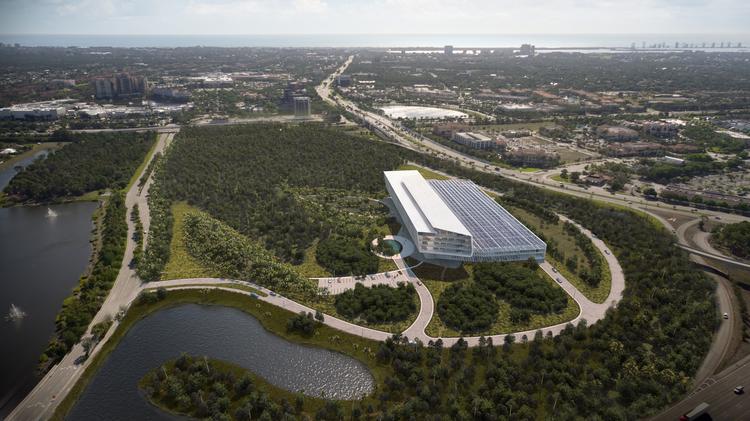
Assessment
- The land beneath the FPL Power Generating Station is sinking at 7 mm per year (2015-2021)
Risk
- Damage to machinery and the building itself
- Increased maintenance costs
- Potential leaks and failures
Recommendations
- Investigate the underlying reasons for the displacement
- Check for and repair any damage
- Continue to monitor closely
Elevated Causeway Subsiding At 4 mm Per Year
The final ‘at-risk area’ we uncovered is an area of subsidence concentrated along an elevated roadway. There are also several nearby condos located in the same area. We know from public records that the US Federal government spends $27 billion annually on highway maintenance, with additional funds contributed by state governments, so the economic investment required to repair key travel routes is high. Specifically,
- This subsiding section of the MacArthur Causeway would be prone to future damage, including potential cracks and potholes if not tended to in the short term
- Up to 80,000 vehicles use the MacArthur Causeway daily, which means damages and repair schedules can result in increased traffic congestion. We noted that the US government has identified 46,154 or 7.5% of their bridges to be structurally deficient and at a higher risk of damage and failure*
- The subsidence here also seems to be impacting nearby condos – potentially putting them at similar risks to the condos previously discussed
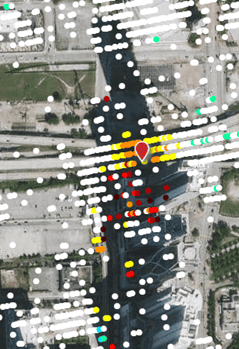
25.784686, -80.191521
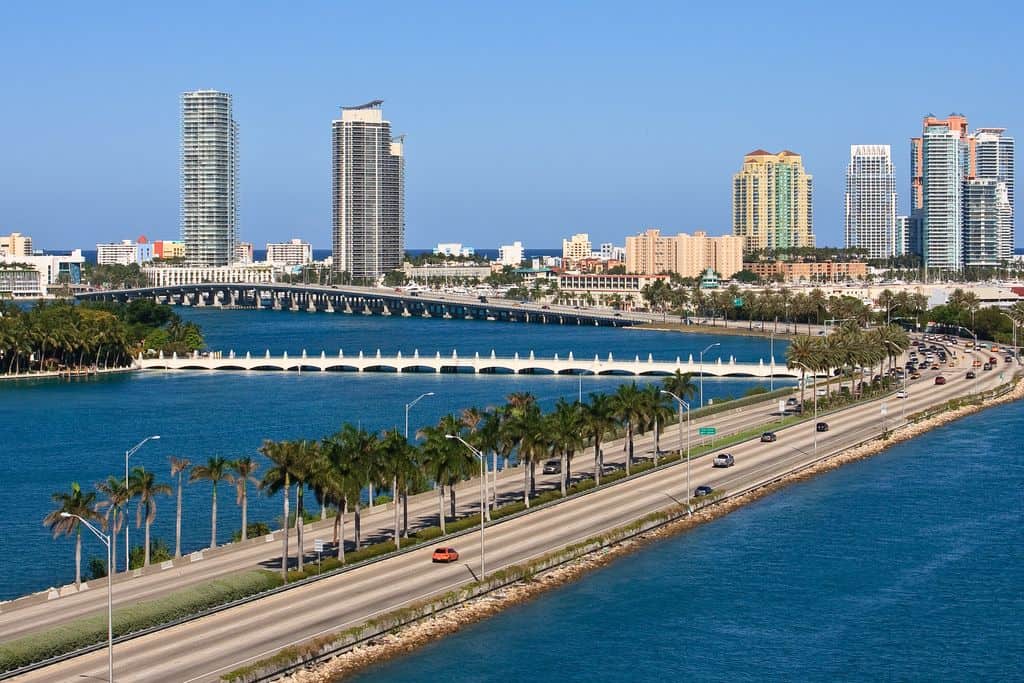
Assessment
- An elevated section of the MacArthur Causeway is sinking at 4 mm per year (2015-2021)
Risk
- Increased maintenance costs
- Cracks, potholes, or other failures
- Damage to nearby condos
Recommendations
- Investigate the underlying reasons for the displacement
- Check for and repair any damage
- Continue to monitor closely
These are just a few of the Miami areas we have assessed and evidenced ground displacement. For further analysis, please access our demo in the link below to see our results for yourself.
Ground displacement can impact dams, electrical infrastructure, roadways, and many other types of infrastructure. Damage due to ground displacement related geohazards cost many of the world’s economies more money than hurricanes, earthquakes, tornadoes, and floods combined.
We will be publishing our findings for Jacksonville, FL in the coming weeks and if you would like to learn more, please contact us to see how we can help you monitor your chosen area or designated assets. Please use the following email [email protected].
Check Out Our Preprocessed Interactive Demonstrations
